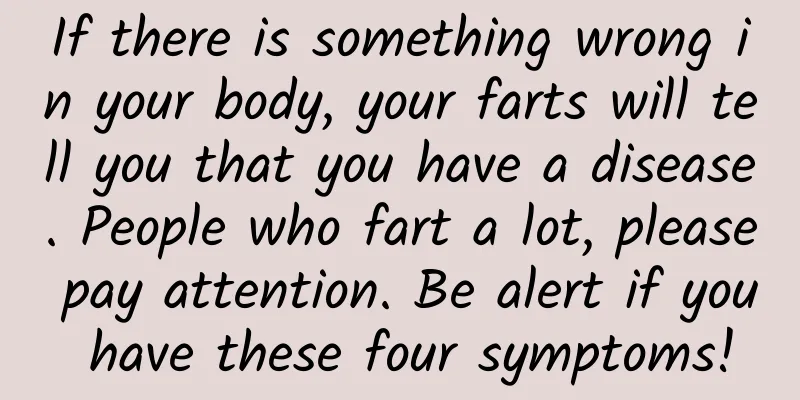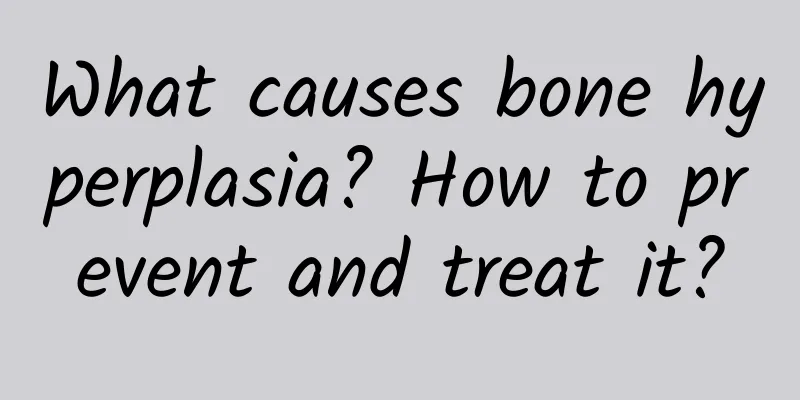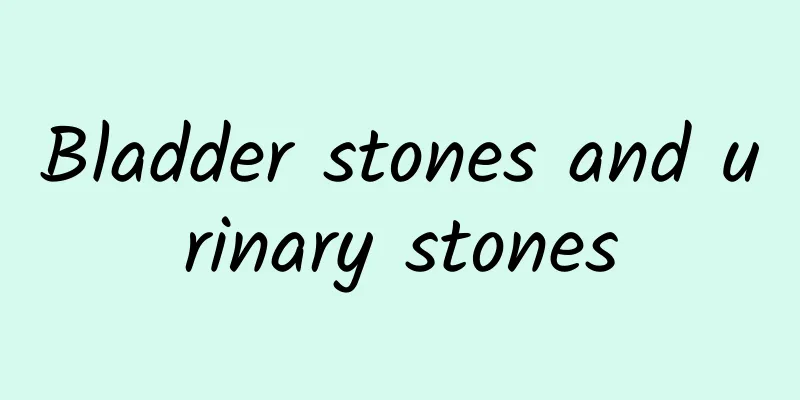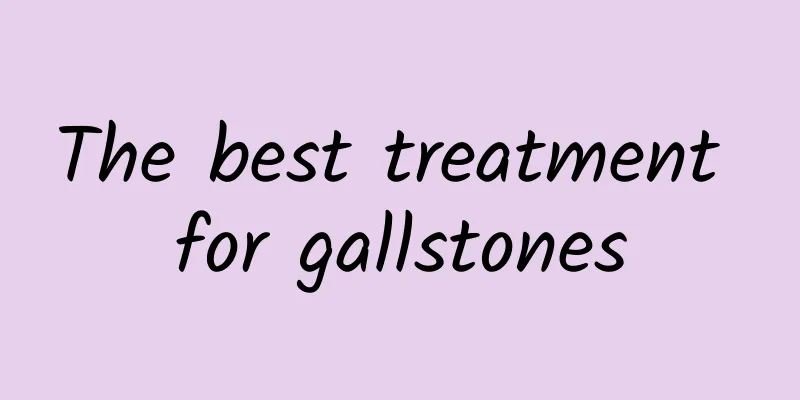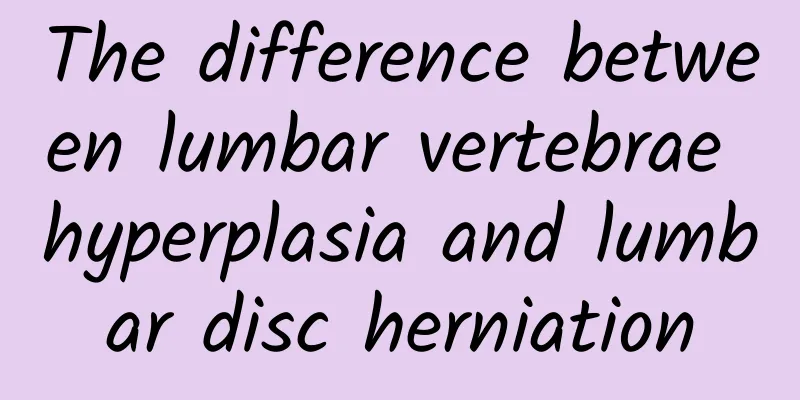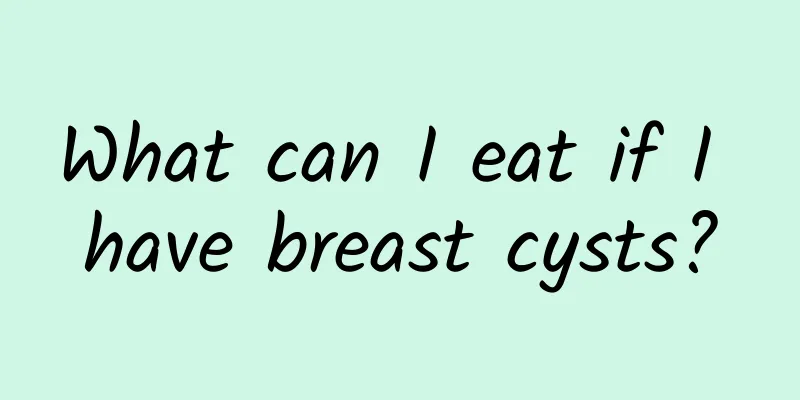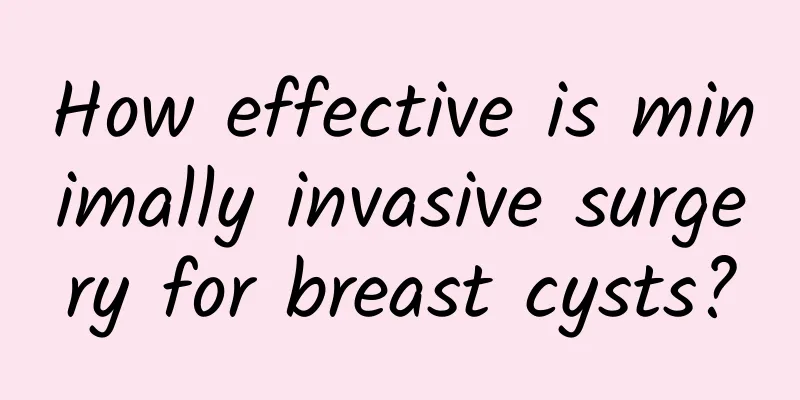What are the dangers and symptoms caused by gallstones
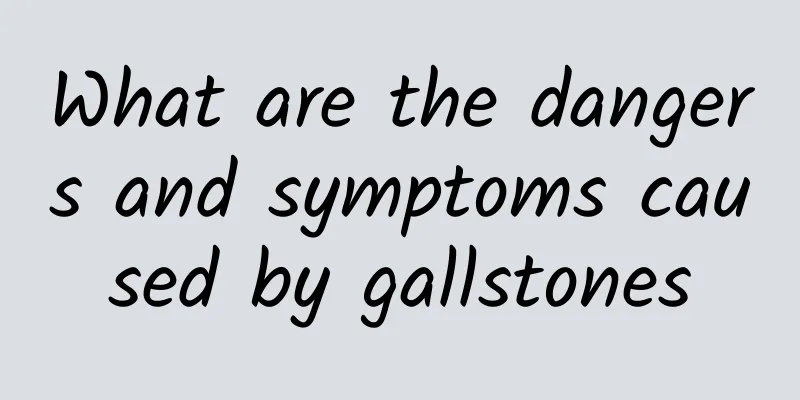
|
What dangers and symptoms can gallstones cause? Gallstones may cause acute symptoms such as severe right upper abdominal pain, nausea and vomiting. In severe cases, they may lead to complications such as cholecystitis, bile duct infection and even bile duct cancer. Mild patients may not feel any obvious discomfort for a long time, but if the stones block the bile duct, it may cause poor bile flow and cause a series of hazards. After discovering gallstones, you should choose the appropriate treatment plan in time according to the severity of the disease to avoid serious consequences. 1. The main harm of gallstones (1) Biliary colic and acute cholecystitis If the gallstones are lodged in the neck of the gallbladder or in the bile duct, they can cause severe biliary colic, which is usually manifested as persistent pain in the right upper abdomen, which may radiate to the right shoulder and back, and is often accompanied by nausea and vomiting. This pain often occurs after eating high-fat foods, and in severe cases can develop into acute cholecystitis, which is manifested by fever, chills, and even peritonitis. (2) Obstructive jaundice When stones enter the common bile duct and cause bile duct obstruction, the patient may experience yellowing of the skin and sclera, and the urine may become darker like strong tea. This is because the bile cannot be excreted, resulting in the accumulation of bilirubin. (3) Cholangitis and liver damage Biliary obstruction may also lead to bacterial infection and acute cholangitis. Patients will show the "triad of symptoms": fever, abdominal pain and jaundice. If not treated in time, it may cause sepsis and endanger life. Long-term cholestasis may cause liver damage and even induce cirrhosis. (4) Pancreatitis Gallstones may block the pancreatic duct and cause acute pancreatitis, which can cause severe abdominal pain, fever, and even shock. This is a serious complication that requires emergency treatment. (5) Increased risk of bile duct cancer Long-term irritation of the bile duct mucosa by gallstones may induce chronic inflammation and increase the risk of bile duct cancer, especially for patients with larger gallstones. 2. Common symptoms of gallstones (1) Asymptomatic gallstones Some patients may not have any obvious symptoms, which is called "quiescent gallstones", but this does not mean that there is no harm. Quiescent stones may also cause acute symptoms at any time due to certain stimuli. (2) Discomfort in the right upper abdomen Some patients may feel mild distension or dull pain in the right upper abdomen, especially after eating greasy food, accompanied by bloating, belching or indigestion. (3) Gastrointestinal symptoms Some patients may experience nausea, vomiting, loss of appetite or diarrhea, which is related to the obstruction of bile excretion and weakened digestive function. (4) Typical biliary colic As mentioned earlier, severe right upper abdominal pain is often the most obvious acute symptom of gallstones, especially after eating. 3. How to deal with gallstones? (1) Conservative treatment For asymptomatic gallstone patients, the progression of the disease can be observed through diet control and regular physical examinations. High-fat and high-cholesterol foods should be avoided, and more fresh vegetables, fruits and foods rich in dietary fiber, such as oats and brown rice, should be eaten. (2) Drug lithotripsy It is suitable for patients with small gallstones. Cholesterol stones can be dissolved by taking drugs such as ursodeoxycholic acid, but the effect is slow and may recur. (3) Extracorporeal shock wave lithotripsy For some smaller gallstones, you can try to break up the stones with extracorporeal shock waves, but whether it is appropriate depends on the gallbladder function. (4) Surgical treatment ① Laparoscopic cholecystectomy: It is the current gold standard for the treatment of gallstones. It is suitable for patients with recurrent gallstones, with less trauma and faster recovery. ②Open cholecystectomy: suitable for patients with combined cholecystitis or other complex conditions. ③Endoscopic lithotripsy (ERCP): Suitable for patients with common bile duct stones, it can directly remove stones through endoscopy with minimal trauma. Kind tips Although gallstones may be asymptomatic for a long time, their potential harm cannot be ignored. Once symptoms such as abdominal pain and jaundice occur, you should seek medical attention immediately to prevent the condition from worsening. A healthy lifestyle is the key to preventing gallstones. A balanced diet, moderate exercise, and avoiding obesity can significantly reduce the risk of gallstones. Regular physical examinations can help detect and deal with potential problems early and protect your health. |
<<: What to do if anal fistula is formed by perianal abscess
>>: Gallstone care precautions
Recommend
best medicine for gallstones
There is no single "best medicine" that...
Gallstones are most afraid of 4 kinds of food
Gallstones are a common digestive problem that ca...
Knowledge about accessory breast
1. In the sixth week of human embryonic developme...
What department should I go to if my child has pectus excavatum?
Children with pectus excavatum usually require th...
What foods can improve anal fissures in babies?
Anal fissures in babies can be helped by diet, es...
How much does perianal abscess surgery cost?
The cost of perianal abscess surgery generally ra...
Is hanging thread for perianal abscess a radical cure?
Perianal abscess hanging thread surgery is not an...
Can massage relieve adhesive intestinal obstruction?
Adhesive intestinal obstruction is mainly caused ...
Can gallstones be treated without surgery?
Gallstones can be treated without surgery in some...
Is it good to drink black wolfberry for breast hyperplasia?
Drinking black wolfberry can help with breast hyp...
Are multiple breast cysts serious?
Multiple breast cysts are not necessarily serious...
What are free bodies?
What are loose bodies? Simply put, loose bodies a...
What is Rubella virus antibody?
Rubella virus antibodies are our body's "...
What are the causes of hydronephrosis with ureteral stones?
The main cause of hydronephrosis with ureteral st...
Two yellow spots grow symmetrically at the corners of the eyes
Two yellow spots symmetrically growing in the cor...
